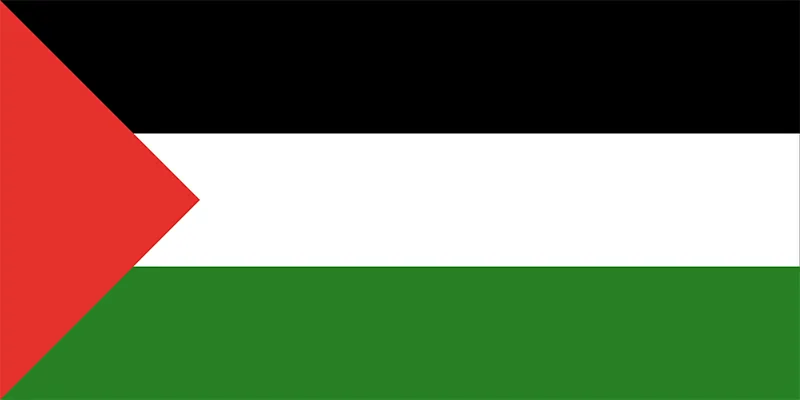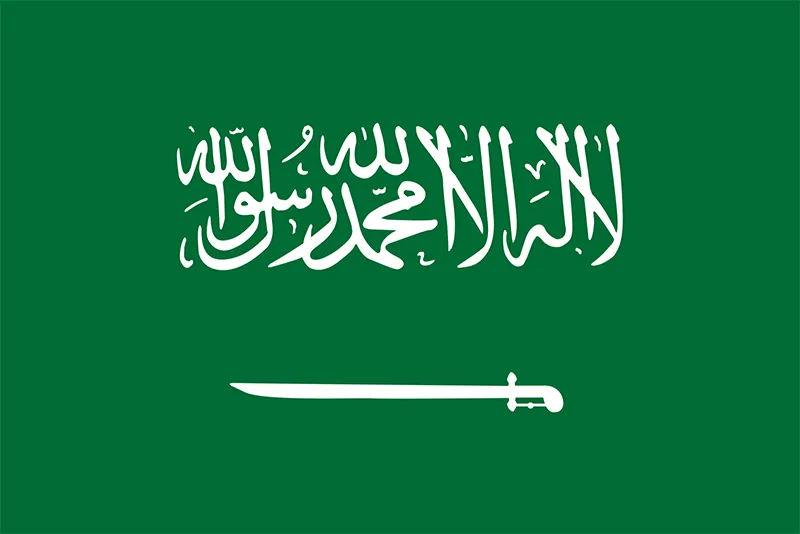Masjid al-Aqsa is not only the Qibly mosque (with the silver/black dome) or the Dome of the Rock. It is in fact the whole region highlighted above and is also known as Bayt al-Maqdis or Bayt al-Muqaddas (House of the Holiness). The name ‘Masjid al-Aqsa’ translates as ‘the farthest mosque’ and is the third most holy place in Islam. It was here that in around 621 CE the Prophet Muhammed (ﷺ) came on the night journey from Makkah riding on the Buraq.
Masjid al-Aqsa is no ordinary masjid. The Prophet (ﷺ) dedicated a great deal of his life nurturing the Sahabah (Companions) to appreciate the excellent qualities of Masjid al-Aqsa. Some of the reasons why Masjid al-Aqsa should form an important aspect of a believer’s dedication is that it is:
- The first qiblah for Muslims;
- The station of al-Isra and al-Mi’raj;
- The second house of Allah built on earth;
- The place where hundreds of Messengers of Allah (ﷻ) are buried;
- The place where many Sahabah are buried;
- A place where miracles were shown by Allah’s will;
- A place which Allah (ﷻ) Himself calls a ‘blessed place’;
- Referred to directly and indirectly, 70 times in the Quran;
- The place where angels have descended with Allah’s message;
- The only place on earth where all the Messengers of Allah prayed at the same time led by the Prophet Muhammed (ﷺ)
- The only Masjid mentioned by name in the Quran apart from the Ka’bah
- Most religious Jews regard entry into the al-Aqsa compound (which they call the Temple Mount) as a violation of Jewish law. This restriction is based on the belief that even though the Temple (of Solomon) was destroyed centuries ago, the precise location of the Holy of Holies, the sanctuary that was once entered by the High Priest, is not known. Hence the restriction is applied to the entire compound. They believe that the Temple should only be built after the coming of their Messiah, and it is their belief that it would be presumptuous of people to force God’s hand. However, there are several Jewish groups who differ from this opinion. Many Evangelical Christians consider it to be a prerequisite to Armageddon and the Second Coming (of Jesus), and both are actively encouraging the rebuilding of the Temple on the Aqsa ground.
Infographic showing the key areas of Masjid al-Aqsa (click to open larger image):


- There are ten open gates leading in and out of Masjid al-Aqsa. Nine of these are can be used by Muslims, the exception is the Moroccan Gate (Bab al-Magharib) which is solely for non-Muslims to enter from.
- Masjid al-Aqsa has 25 wells within its compound.
References: Forty Ahadith concerning Masjid al-Aqsa – Ismail Adam Patel, Wikipedia

















[…] offered his Salat (prayers) facing Bait-ul-Maqdis (Jerusalem) for 16 or 17 months, but he wished that he could pray facing the Ka’ba (at […]
[…] (Mosque of the Two Qiblas)- Here in this masjid , the direction of the Qibla was changed from Bait-al-Maqdis in Jerusalem to the Ka’bah in […]
[…] Kompleks Masjidil Aqso yang sesungguhnya https://www.islamiclandmarks.com/palestine-masjid-al-aqsa/masjid-al-aqsa […]
[…] https://www.islamiclandmarks.com/palestine-masjid-al-aqsa/masjid-al-aqsa […]